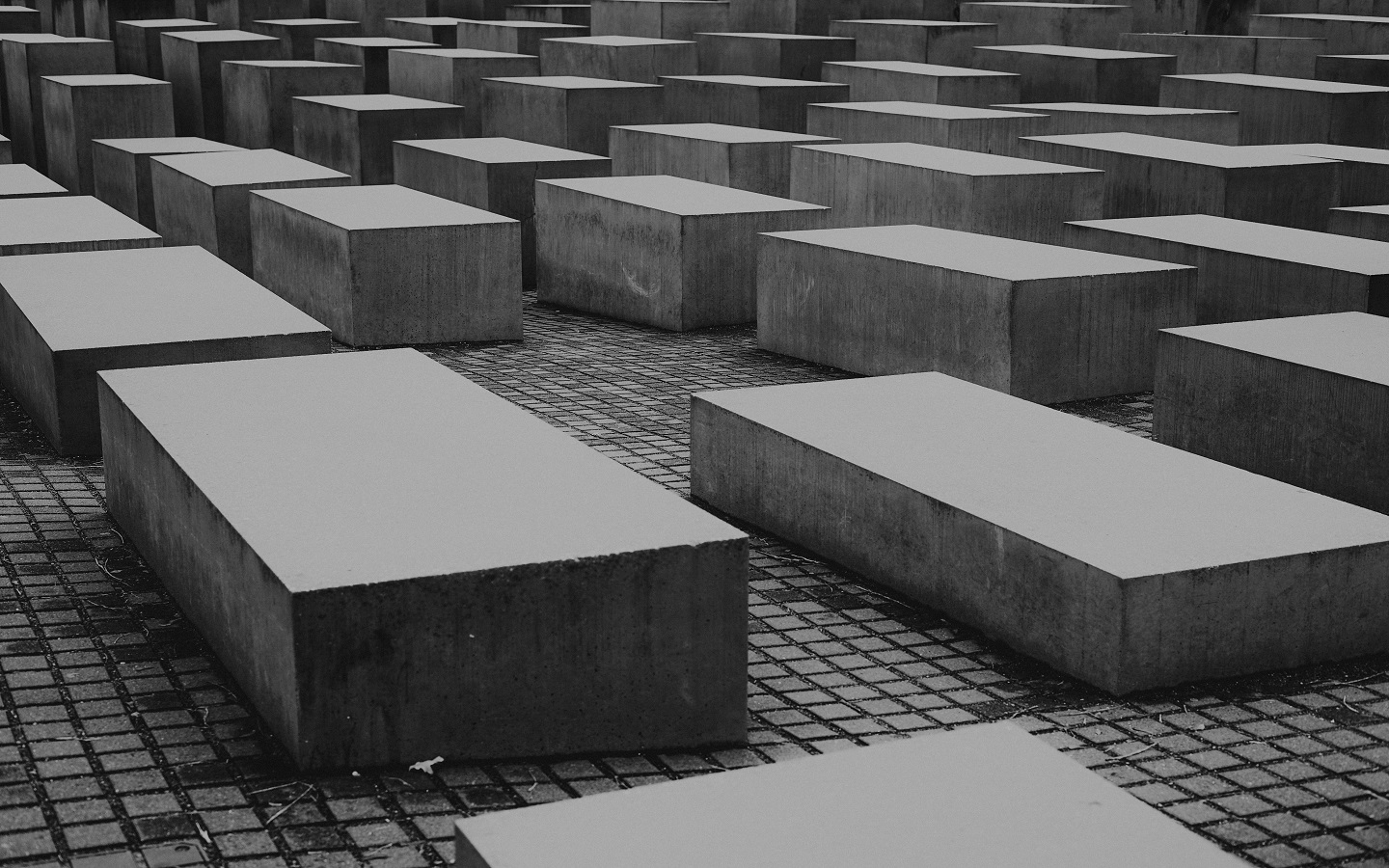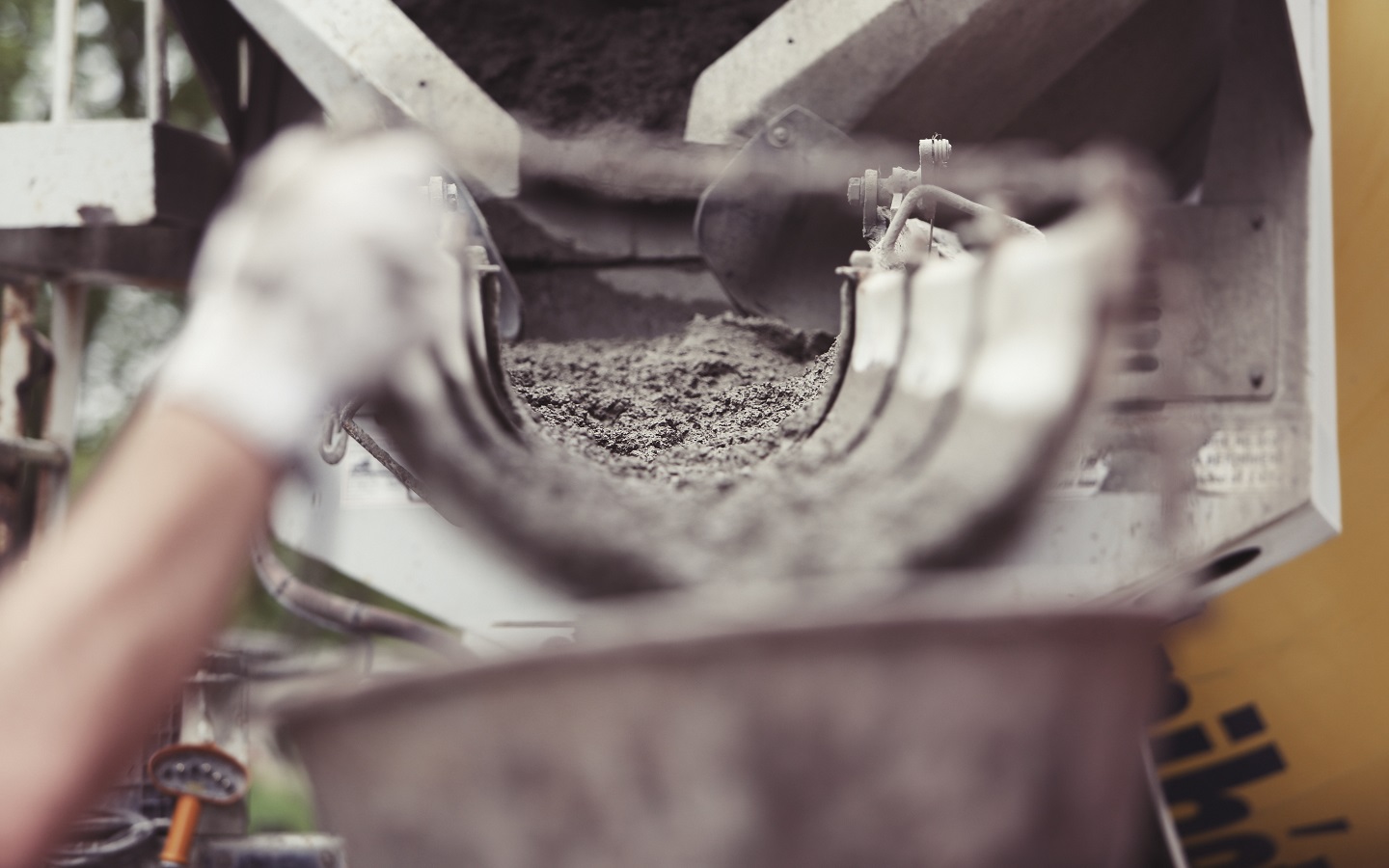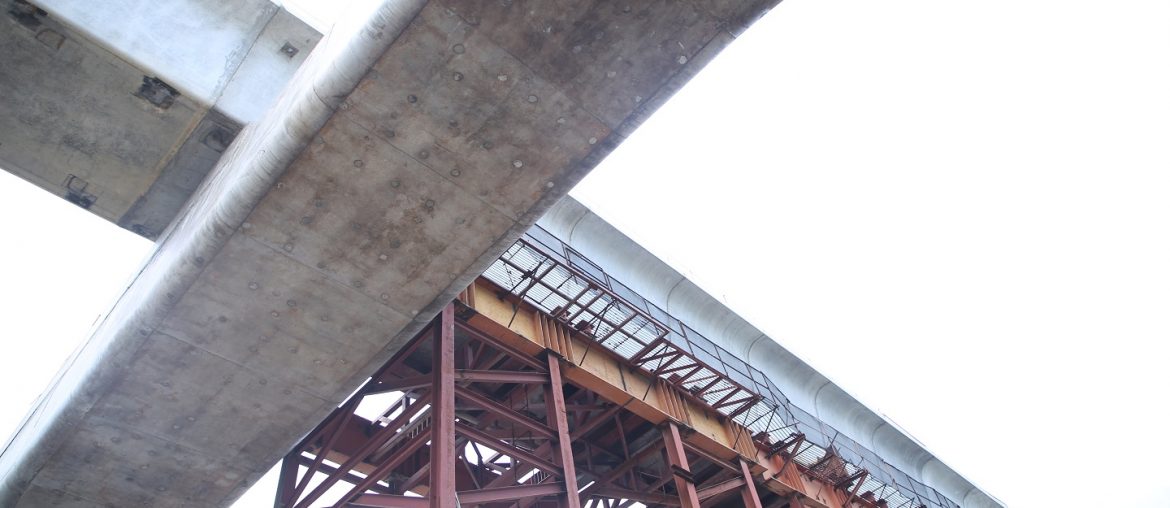Concretes in construction are of many kinds based on several factors. These factors are dependent on what type of infrastructure you are trying to build. For roadways, swimming pools, buildings, sculptures, towers, pavements, etc. you need to use different types of concretes in the construction of these. In this blog, we will talk about eight individual concretes in construction. We will also provide a very brief account of a hybrid of these concretes, the ready-mix one. A different blog on ready-mix concrete is coming soon. As a material of construction technology, the concrete selection is the most vital.
Factors for determining which concrete to use

Concretes are a mixture of fine aggregates (sand), coarse aggregates (gravels, stones, pebbles, etc), cement, and water. The use of concrete is important for three reasons:
- Concretes in construction are stable, durable, and have specific strength for every construction target.
- They are quite cheap, malleable, and mouldable into multiple forms. As a result, the flexibility helps in building anything out of it.
- Concretes are made of natural components. As a result, they are biodegradable and decompose quickly.
The properties of concretes in construction that determine them to be the best for usage are henceforth,
- The maximum durability
- The resistance to heat, radiation, and other natural causes
- The strength (stress limit and strain)
- The workability
How to make it?

Making concrete depends on the mix and the proportion of the mixture. The most common mixture is the nominal mixture where the proportion of cement: sand: other materials is 1:2:4. Machine mixing is automated mixing and there are multiple types of machines there. Besides, you can get ready fresh concrete from machines. Mix designs rely on the proportions fixed by the experimentations in the lab. The labs make specific experimentations on particular compressive strengths of the materials and you need to mix that accordingly.
Different types of concretes in construction
Concretes in construction have multiple strengths, shapes sizes, and mixtures. These are solely dependent on multiple factors that rejuvenate the infrastructures and the architectural designs. Here is a brief account of different kinds of usable concretes in the construction of multiple structural units.
Normal Strength Concrete
Normal strength concrete (the commercial name is normal weight concrete) is the mixture of aggregate components, sand, water, and cement. 30- 90 minutes is the general setting time of this concrete. In addition, this time varies with the moisture and quality of the cement. Its strength is between 10 Mpa and 40 MPa.
Plain or Ordinary Concrete
The simplest possible concrete is prepared by mixing cement and water in the proportion 1:2:4. Its density is around 2300 kg/cubic meter. Pavements, footpaths, and buildings are usually built from Plain Concrete in low tensile strength areas.
Reinforced Concrete
Structures that require a high level of strength like columns, ceilings, bridges are required to use reinforced concrete. Steel rods, bars, meshes, and fibers are used to prepare reinforced concrete. Rebar is another mnemonic for this concrete.
Prestressed Concrete

In prestressed concrete, the bars in the concrete get maximum stress before the actual application of the service load. By placing the tensioned bars firmly from each end of the unit the construction is made very much strong. Henceforth, prestressed concrete is for the construction of bridges, fly-overs, heavy-loaded structures.
Precast Concrete
Concrete blocks, poles, concrete lintels, staircase units, and precast walls are the thing in which Precast Concrete is needed. It is generally made in factories and then transported to the workplace in different parts via trucks. Furthermore, by using precast concrete the assembly becomes speedier.
Lightweight Concrete
The concrete definitely has a lower mass per unit volume. And that is why scientists named this lightweight concrete. Its density is 240 kg/m3- 1850 kg/m3. Lightweight concrete helps in the construction of long-span bridge decks as well as their building blocks.
High-Density Concrete
High-Density concrete is to helps all the atomic structures so that they can resist radiation. Henceforth, the density of this concrete is between 3000 to 4000 kg/cubic meter. In addition, rocks and a white mineral “Barytes” are the ingredients in high-density concrete.
Air Entrained Concrete
Air Entrained Concrete is used where the concrete is vulnerable to freezing and thawing action. Moreover, the admixture contains alcohols, resins, fatty acids while preparing it. Air Entrained Concrete creates bubbles and thus lowers the surface tension of water.
Our next blog on concrete especially will have details on ready-mix concrete which is a popular one and has multiple variations. If you have any queries, do let us know in the comment section below.




